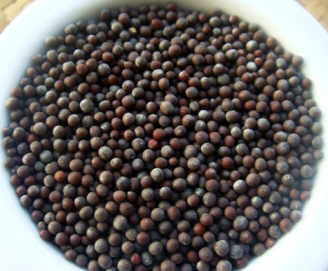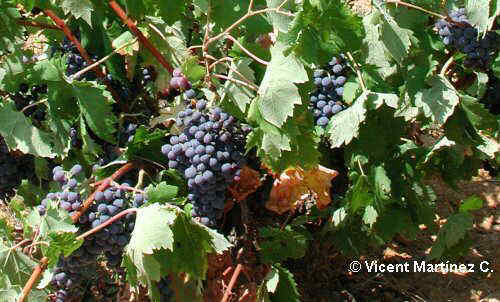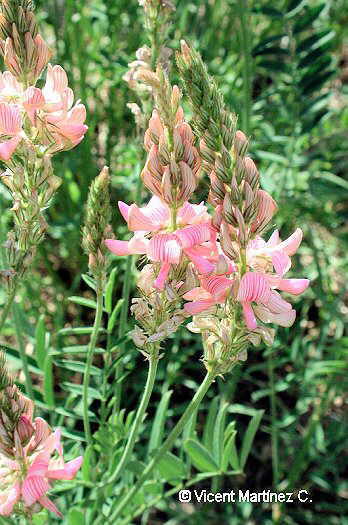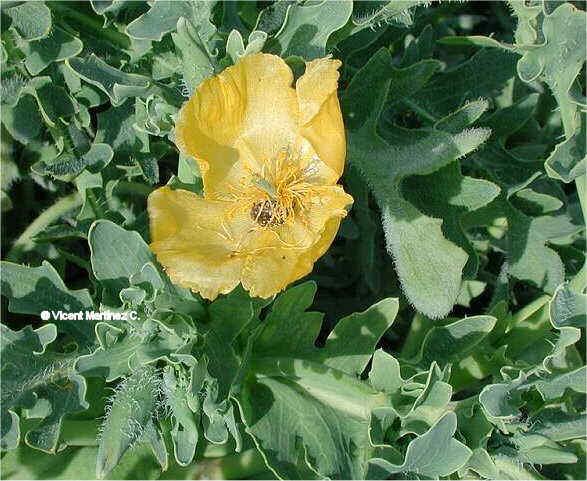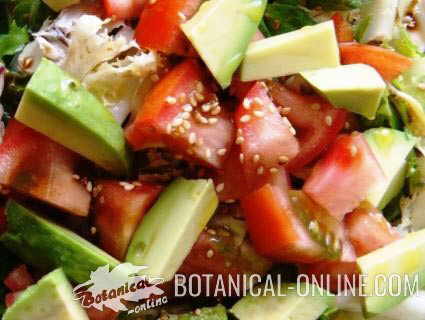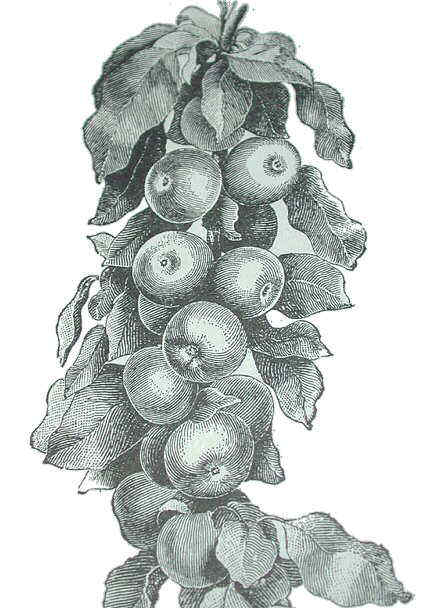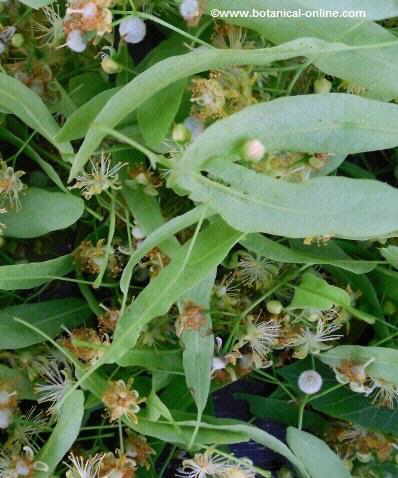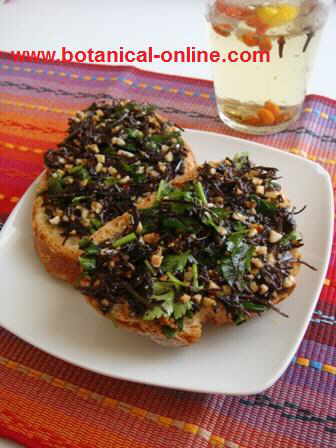Contents
- 1 HOW TO GET CALCIUM BEING VEGETARIAN
- 1.1 HOW TO GET CALCIUM THROUGH VEGETABLE FOODS
- 1.2 Can you get all the calcium without eating animal products?
- 1.3 Precautions if you do not eat dairy products
- 1.4 Can you get calcium just from vegetables?
- 1.5 VEGETARIAN FOODS VERY RICH IN CALCIUM
- 1.6 Tahini or sesame paste, very rich in calcium
- 1.7 Not all sesame or all tahini is rich in calcium and minerals.
- 1.8 Legumes, rich in protein and calcium
- 1.9 Cruciferous vegetables, excellent sources of calcium
- 1.10 Algae, a food richer in calcium than dairy products
- 1.11 Vegetables with oxalates that steal calcium
HOW TO GET CALCIUM BEING VEGETARIAN
HOW TO GET CALCIUM THROUGH VEGETABLE FOODS
Can you get all the calcium without eating animal products?
Calcium is a mineral found in many foods, both plant and animal. It is possible to make a diet rich in calcium without eating animal foods such as dairy.
In general, a well-organized vegetarian diet can provide all the calcium requirements for the needs of all ages.
Precautions if you do not eat dairy products
In vegetarian diets that do not eat animal foods, vitamin B12 supplements should be taken to prevent megaloblastic anemia.
If you do not drink milk, you should pay attention to the dietary protein intake, since eliminating dairy in vegetarian diets can mean a significant decrease in daily protein intake.
To assimilate calcium well it is also important to avoid those factors that decrease calcium. A diet with lots of sugar (chocolates, sweets, industrial processed food) decreases bone density. Drinks with gas and excess of salt in the diet increase the elimination of calcium.
* More information: Bone Enemies
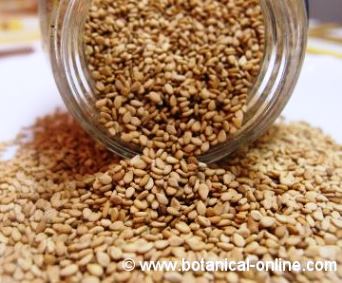 Photo of whole sesame seeds, rich in calcium
Photo of whole sesame seeds, rich in calcium
Can you get calcium just from vegetables?
In general, a healthy vegetarian diet is very rich in calcium. The use of fortified foods in this mineral (vegetable drinks with calcium) may be recommended when calcium needs increase or when calcium-rich foods are not consumed (for example, because of allergy to high-calcium foods, such as allergy to nuts or legumes).
Daily calcium needs for an adult are about 900 mg per day. These calcium requirements are higher in pregnancy, lactation, in children, athletes and in menopause, as well as in some diseases. It is best to consult with a dietitian who specializes in vegetarianism.
VEGETARIAN FOODS VERY RICH IN CALCIUM
Tahini or sesame paste, very rich in calcium
One of the richest plant foods in calcium are sesame seeds, which contain 975 mg of calcium per 100gr. With these ground seeds a paste is made, called tahini, that is very concentrated in this mineral.
A single tablespoon of tahini contains about 70 mg of calcium, a very high contribution if one takes into account the low volume and its mineral density.
Eating sesame, and especially tahini, is a way to increase significantly the calcium content of foods. Tahini is used in the elaboration of hummus, sauces and vinaigrettes, or simply to spread on the bread.
For example, a sauce with tahini and lemon is excellent to complement vegetables that contain little calcium (which are most, such as lettuce, tomatoes, spinach, artichokes,…).
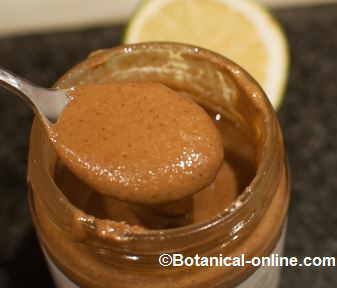 whole tahini (paste of sesame seeds), very rich in calcium
whole tahini (paste of sesame seeds), very rich in calcium
Not all sesame or all tahini is rich in calcium and minerals.
Sesame is a seed with husk, and contains much calcium precisely in the husk. Sometimes husked sesame or tahini made from seeds without husk is sold. In the case of sesame, the ideal is to look for whole sesame (or compare different brands to seek for less husking) or tahini that is made with wholemeal sesame.
Other nuts and seeds very rich in calcium are: almonds, chia seeds, pumpkin seeds, hazelnuts, pistachios and walnuts.
Legumes, rich in protein and calcium
Legumes are very remineralizing foods of the bones and of the whole organism in general. Their presence in the vegetarian diet is one of the reasons why this type of diet is so rich in calcium.
They also provide many proteins, essential nutrients for the maintenance and formation of the bone matrix, muscles, and in general, all structures of the organism. It is recommended to eat legumes at least 3 times a week.
In order for the calcium of the legumes to be more assimilable, they should be soaked overnight and cooked properly. Not only to hydrate and to cook them, but the soaking and the cooking also serve to activate the enzymes of the grains and to reduce their content in antinutrients (inhibitors of proteases, phytates,…), thus increasing the bioavailability of their proteins and minerals.
* More information: Calcium in legumes
Cruciferous vegetables, excellent sources of calcium
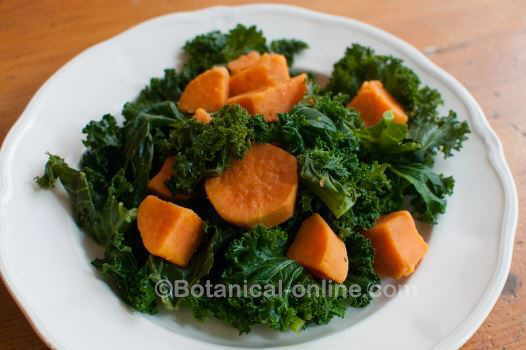 Coleslaw with sweet potato (boiled). Cabbage, broccoli and cauliflower are vegetables rich in calcium that should not be lacking in the diet for osteoporosis.
Coleslaw with sweet potato (boiled). Cabbage, broccoli and cauliflower are vegetables rich in calcium that should not be lacking in the diet for osteoporosis.
Vegetables in the cabbage family are very rich in calcium. A generous serving of these vegetables brings a lot of calcium, such as a dish of cabbage, broccoli, cauliflower, arugula salad,…
These vegetables are also an excellent source of vitamin K, potassium and magnesium, other important components in the metabolism of calcium and for the maintenance of good bones.
Calcium in these foods has a better absorption (60%) than the calcium in the dairy (30%).
This high absorption is due to the absence of oxalates in these vegetables, but it would also be possible to have components that increase the bioavailability of the calcium they contain.
In other words, 1 generous broccoli dish (240g) is a better source of calcium than 1 glass of milk, because the one found in broccoli is better absorbed.
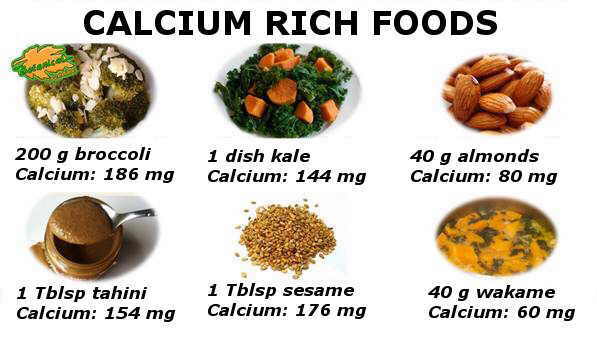
Leaf with some examples of plant foods rich in calcium, such as broccoli, kale, almonds, tahini, sesame or algae, which can be introduced into vegetable creams and then crushed. By © Botanical-online.com
Algae, a food richer in calcium than dairy products
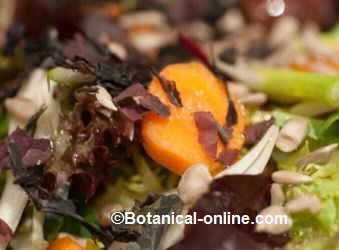 Detail of seaweed dulse on a salad.
Detail of seaweed dulse on a salad.
Seaweed or “sea vegetables” are an excellent source of calcium. In addition to calcium, they provide all the benefits of vegetables such as fiber, vitamins and other minerals.
Wakame seaweed contributes about 1,400mg of calcium per 100g, a much higher quantity than milk (120mg per 100g). With 20 grams of wakame seaweed almost as much calcium as with 1 glass of milk is supplied.
Not all algae are so rich in calcium, but they all have a high content in this mineral.
Algae can be introduced into recipes such as: seaweed soup, vegetable cream with seaweed, seaweed salad or seaweed pâté.
Vegetables with oxalates that steal calcium
The absorption of calcium is different in each food according to different factors. In vegetables, the presence of oxalates and phytates reduces the absorption of calcium, because these components sequester calcium, forming complexes in the intestine that are not assimilable.
Therefore, foods rich in oxalates, such as spinach or Swiss chard, are low in bioavailable calcium. (calcium that can be absorbed)
![]() More information on calcium
More information on calcium
| MINERALS | MACROELEMENTS | MICROELEMENTS |
| Calcium, chlorine, phosphorus, magnesium, sodium, potassium | Copper, chromium, fluorine, iron, manganese, molybdenum, selenium, iodine, zinc. |

